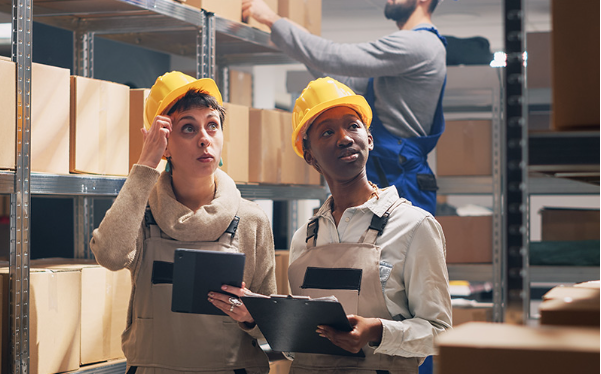You could be suited up like a hazard-proof action hero but if you’re making critical mistakes, all that gear might be for show. PPE safety, like self-retracting lifelines in Singapore, is about more than simply putting on the equipment; it’s about using it correctly, consistently, and with full understanding. Too many workplaces trust the presence of gear to equal protection, when in fact, misuse can turn life-saving equipment into dangerous liabilities.
Let’s dig into three overlooked missteps that render PPE safety meaningless and how to avoid them before someone ends up in the incident report.
Mistake 1: Using Safety Equipment Incorrectly
There’s a particular brand of confidence coming from wearing gear you barely understand. The trouble begins when people treat safety equipment in Singapore like costume props—straps hanging loose, helmets perched precariously, and harnesses attached to anchor points that couldn’t support a wet towel, let alone a falling worker. The self-retracting lifeline in Singapore is a prime example. This device is engineered to lock instantly during a fall, minimising impact force.
PPE must be worn as intended and maintained meticulously which means training staff to use equipment properly, understand load limits, and see each item before use. A pair of safety goggles is useless if scratched beyond visibility, and a high-visibility vest does nothing if it’s buried under a hoodie.
Misuse stems from haste, habit, or poor understanding. But when safety depends on fractions of a second or centimetres of cable, guesswork is a luxury no one can afford.
Mistake 2: Neglecting Regular Inspection and Maintenance
Imagine this: a worker reaches for a harness unchecked for months, unaware the stitching is half-rotted and the lanyard’s snap hook barely clicks into place. That worker is trusting his life to equipment that might fail the moment it’s truly needed. Without routine inspection and maintenance, safety gear transforms from a shield into a trap.
In a humid climate, wear and tear on PPE happens faster than expected. A self-retracting lifeline in Singapore might develop internal corrosion, and fall arrest gear stored incorrectly can lose integrity without visible damage. Yet many organisations treat inspections as optional or merely a formality.
This negligence stems from the mistaken belief that safety equipment is set and forgotten. But it’s not enough to issue PPE once and assume it will last forever. Equipment must be logged, tagged, and regularly assessed by someone who knows what to look for. Frayed harnesses, expired helmets, or perished seals aren’t just defects but hazards.
Investing in routine maintenance isn’t just a compliance exercise—it’s a statement that safety is part of the culture, not a checkbox.
Mistake 3: Failing to Match PPE to Actual Hazards
There’s a temptation to standardise PPE across the board—same helmet, boots, gloves for everyone. It looks neat, but it’s completely detached from reality. Safety isn’t one-size-fits-all. Give someone a face shield in a dusty environment and they’ll still be sneezing black for days. Offer a high-visibility vest to someone working at height without addressing fall protection, and you’ve dressed them for visibility, not survival.
One glaring error is mismatching fall protection gear with the nature of the task. A self-retracting lifeline in Singapore is ideal for vertical mobility where fall distance is limited but utterly wrong for horizontal movement without anchorage that moves with the worker. Similarly, using gloves meant for light handling during welding tasks is an invitation to injury.
The variety of safety equipment in Singapore is extensive for a reason. From chemical-resistant suits to dielectric boots, each item exists to counter a specific threat. When employers skip hazard assessments and hand out gear based on cost or convenience, they gamble with lives. The equipment must match the risk—not the uniform standard.
Proper PPE safety begins with understanding the work environment, evaluating threats, and equipping staff accordingly or just creating a false sense of security.
It’s easy to assume that having the gear is enough—that a warehouse stocked with PPE equals a safe workplace. But that assumption is what leads to tragedy. Safety isn’t about gear alone; it’s culture, training, maintenance, and proper application. Ignoring these elements means you might be suiting danger under the illusion of protection.
So before the next shift begins, ask yourself: are your people protected, or are they just wearing the costume of protection?
Don’t let simple mistakes undermine serious safety, so contact Ansac Technology today to explore expert solutions and high-quality safety equipment in Singapore tailored to your needs.






